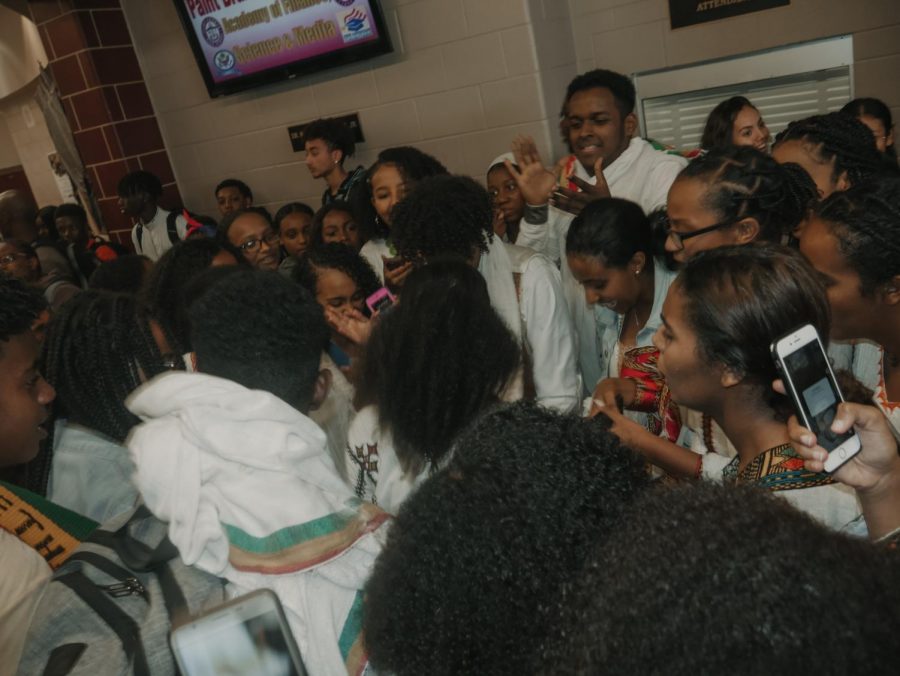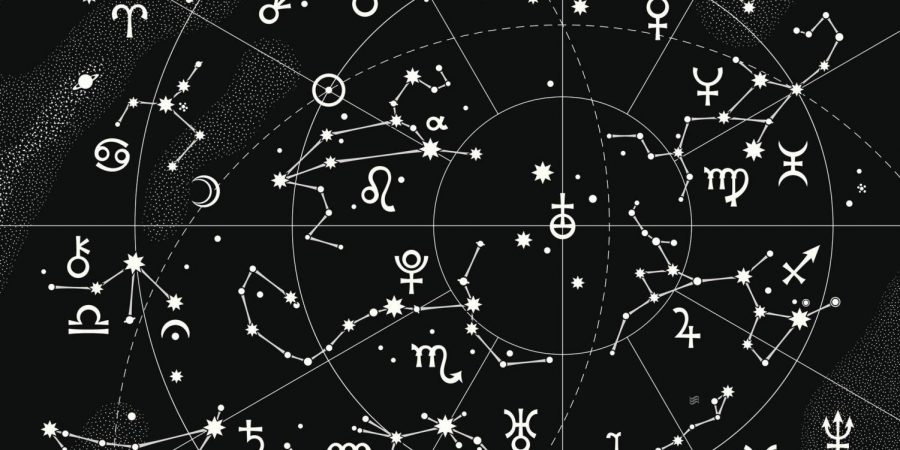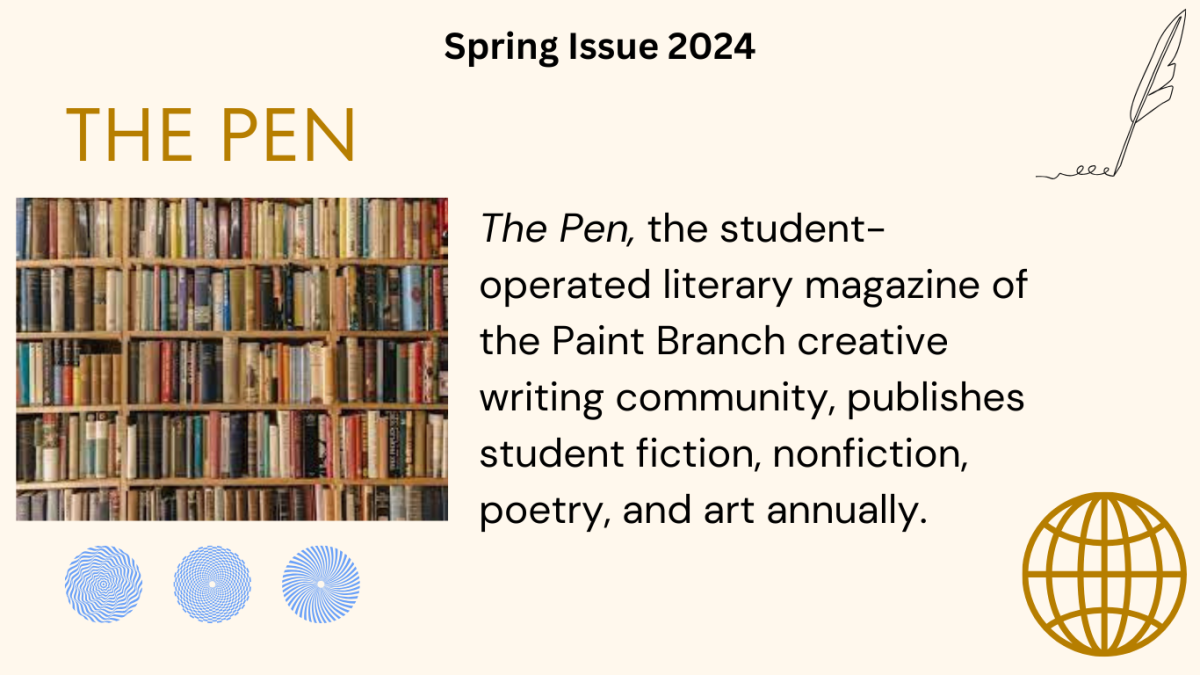The Electoral College Needs to Go
October 20, 2022
When is it time to throw something away? It’s common to save a slice of your wedding cake, hold on to old photos, or keep the first piece of art you made in second grade. But eventually, the cake will mold, the photos will fade, the art will degrade and these items will all find a new home in the dump.
Time changes everything and this holds true for our once-treasured items that lose value and become just fond memories. It is all part of the process of change. So, isn’t it time we let the Electoral College take the same journey?
For over 200 years, American voters have been following the same process when electing a president and it’s time for a change.
In 1804, the Founding Fathers added the 12th Amendment to the U.S Constitution which outlines how U.S citizens elect their president. They believed that the American people would be too passionate when voting and let their short-term feelings sway the presidency. So as a buffer, the Electoral College was created. First, citizens eligible to vote would go to a voting location and cast their ballot. After the general election, each state would count all the votes and see which candidate – which party – earned the most votes. Whichever one had the most votes would earn the state’s electoral votes in the electoral college.
Today, there are a total of 538 electoral votes that make up the whole United States which is divided between all 50 states based on their population. Whoever wins the presidency must attain at least 270 electoral votes to be declared the winner.
While this may seem like a well-thought-out process, the Electoral College was based on compromises. When the Founding Fathers were debating with delegates and groups of Congress, a consensus couldn’t be made. In “Why Was the Electoral College Created?” Dave Roos illustrates how when the Founding Fathers were creating a system of voting, various delegates and groups of Congress couldn’t come to an agreement. Roos writes, “One group of delegates felt strongly that Congress shouldn’t have anything to do with picking the president… Another camp was dead set against letting the people elect the president by a straight popular vote… and third, a populist president appealing directly to the people could command dangerous amounts of power.” After months of debating, they threw together the Electoral College because they couldn’t agree on anything else.
This overly complicated, thrown-together process has discouraged voters from casting their vote on election day. For example, a democratic voter in a frequent republican state like West Virginia may be unlikely to vote since their vote will, essentially, have no impact on the outcome of the election in the state. In four elections, 1876, 1888, 2000, and 2016, the winner of the popular vote lost the electoral college and thus the presidency. In each instance, the will of the people was not aligned with this process. If the popular vote were used following those four elections some tragic events could have been avoided. For example, if the popular vote had identified Hilary Clinton as the winner in 2016 the events of January 6, 2021 – the riot in the Capitol that left five officers dead and numerous others wounded or left with trauma – would never have taken place. If Hillary Clinton’s 2.8 million more votes would have put her in the White House, Donald Trump’s supporters would never have tried to keep him in office despite his electoral college and popular vote loss to Joe Biden in 2020.
Citizens and local government officials have tried to increase voter turnout in many ways including volunteers knocking on doors, registering people to vote, and opening more voting sites. However, in the end, none of these tactics will remove the blockage in voters’ heads that stops them from making an effort to vote. The only way to encourage people to execute their 26th amendment right is to destroy the barrier the electoral college has placed and ensure that every vote matters and has importance in elections. It’s time to swap the old out with the new and replace the electoral college with a simple popular vote.












































